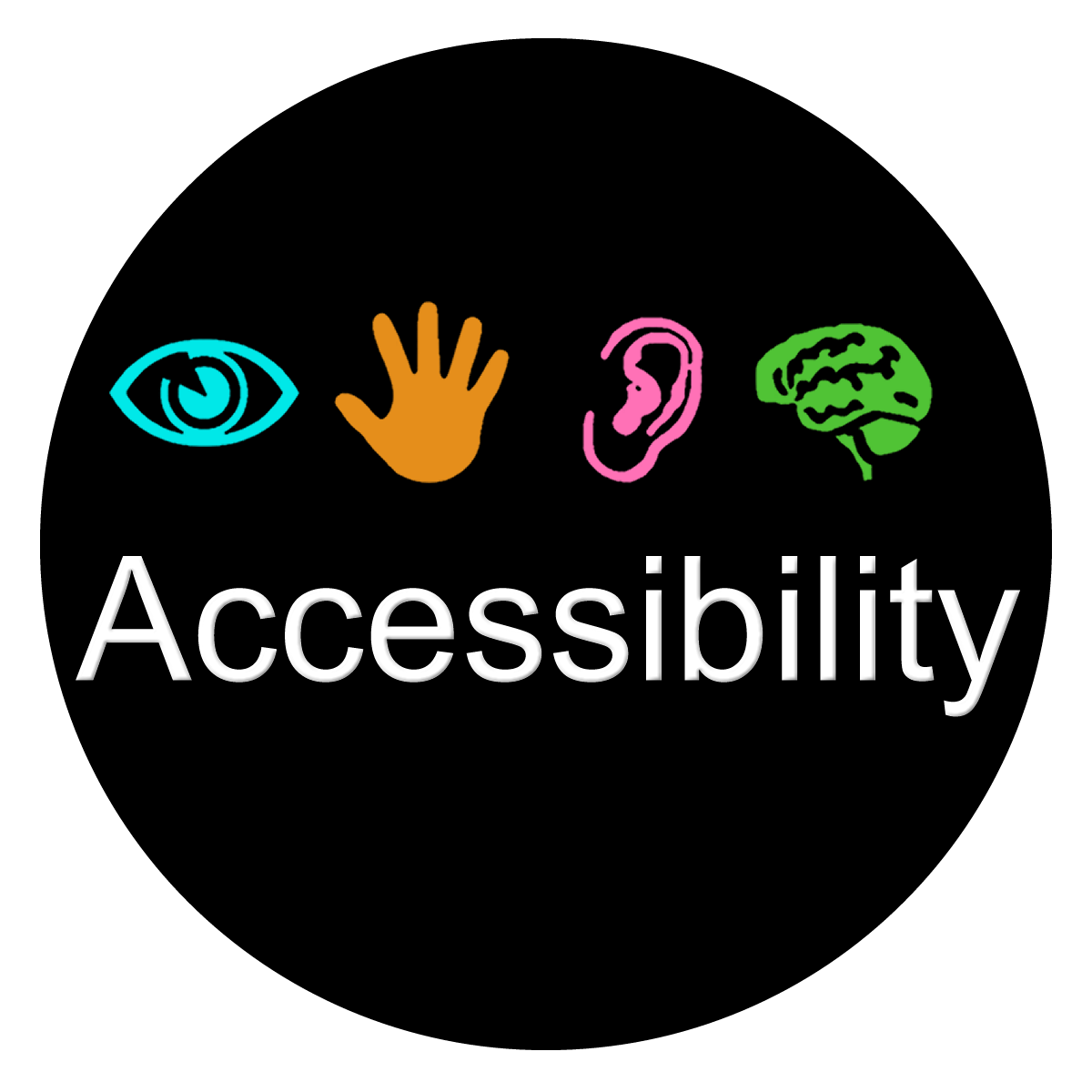

In 2018, the European Commission adopted two implementing decisions ensuring uniform conditions for the implementation of the Directive: Implementation of the Web Accessibility Directive Easy Read synopsis report of the public consultation.The study and easy read versions are published on the EU Publications portal: This study supported the review of the Web Accessibility Directive and its implementing acts. Study supporting the review of the Web Accessibility Directive These documents and the consultation results are also published on the Have your say portal. The Commission report is published on the EUR-Lex portal: The review took into account the results of a public consultation held in 2021 that gathered views on the application of the Directive in practice, the Member States’ first accessibility monitoring reports and a supporting study. The European Commission reviewed the Web Accessibility Directive in 2022. Highlights of how these EU policies affect digital accessibility are in the infographic on 'Digital Economy and Society' legislation Review of the Web Accessibility Directive Further European legislation supports people with disabilities in other areas including electronic communications, audio-visual media services, ebooks, eCommerce and ICT equipment. The Directive complements the European Accessibility Act which covers a wide range of products and services also in the private sector. regular monitoring of public sector websites and apps by Member States, and reporting on the results to the Commission every three years.a feedback mechanism so users can flag accessibility problems or request information published in a non-accessible content.

an accessibility statement for each website and mobile app, stating non-accessible content and alternatives as well as contacts.A technical standard supports the directive, clarifying what is expected by the term “accessible”.

There are a limited number of exceptions that include broadcasters and live streaming. The Directive obliges websites and apps of public sector bodies to be “more accessible”.
#Atext and accessibility full#
The rules laid down in the Directive reflect the Commission's ongoing work to build a social and inclusive European 'Union of equality', where all Europeans can play a full and active part in the digital economy and society The Web Accessibility Directive ( Directive (EU) 2016/2102) has been in force since 22 December 2016 and provides people with disabilities with better access to websites and mobile apps of public services.Ī Summary of the Web Accessibility Directive is available. The EU has therefore legislated to support the rights of persons with disabilities. Article 9 of the Convention, to which the EU and its Member States are party, requires that appropriate measures are taken to ensure access for persons with disabilities, on equal basis with others, to information and communication technologies, including the Internet. And it is enshrined in the United Nations Convention on the Rights of Persons with Disabilities (UNCRPD). It is also a right for persons with disabilities to access information and communication technologies on an equal basis with everyone else, to ensure their independence, social and occupational integration and participation in the life of the community (EU Charter of Fundamental Rights, Art 26: Integration of persons with disabilities: "The Union recognises and respects the right of persons with disabilities to benefit from measures designed to ensure their independence, social and occupational integration and participation in the life of the community" ). An estimated 100 million people in the EU have some form of disability, and so represent an important market.ĭigital accessibility is not just an issue of technical standards, web architecture and design. Businesses with accessible services can reach a larger, mostly untapped customer base, and experience an economic gain from doing so. For instance, being able to listen to a text when there is not enough light to read or when multitasking, or reading subtitles to a video in a noisy environment. Simple changes that make websites and apps more “accessible” can help everyone, not just users with disabilities. With the rapid growth of information and interactive services provided through the web and mobile devices, a part of the population risks being excluded from basic services from both the private and public sector such as getting information from public services, grocery shopping, medical consultations, online banking, messaging and video-calling services, to name but a few. Digital accessibility became even more important during the COVID pandemic, and remains essential for making Europe fit for the digital age.


 0 kommentar(er)
0 kommentar(er)
